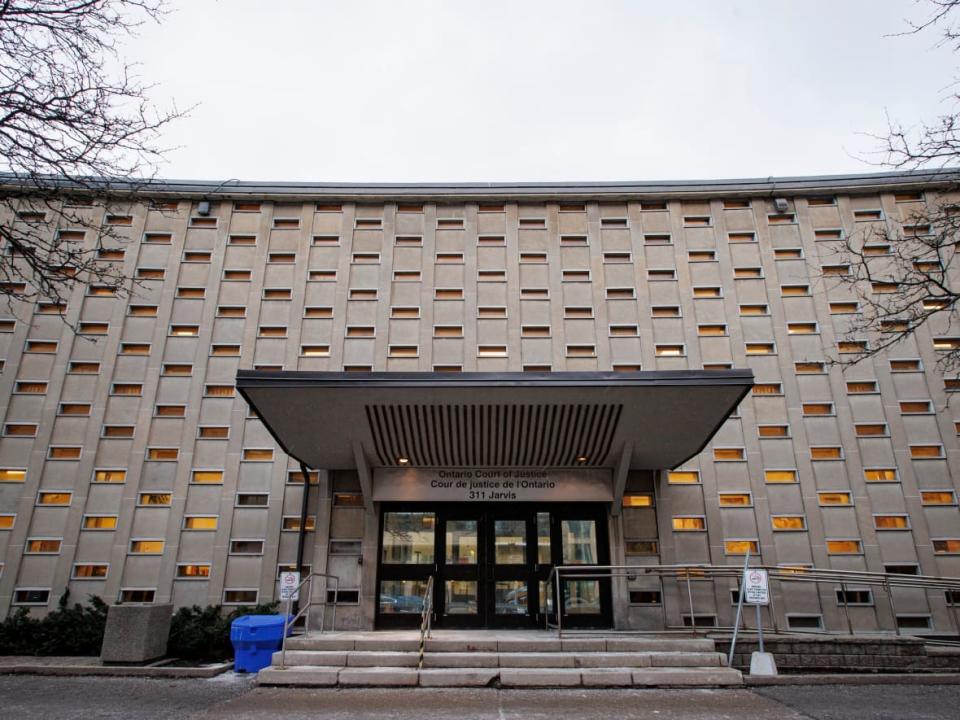2 teen girls charged in connection with Toronto 'swarming' death denied bail

Two teen girls who are charged with second-degree murder in connection with what police have called a "swarming" attack on Toronto man Ken Lee in December have been denied bail.
Full-day bail hearings took place for both of the accused on separate days last month. Justice Maria Sirivar had reserved her decision on their respective releases until Tuesday.
Four girls who are facing charges in the case have already been released on bail.
The remaining two youths who have yet to have a bail decision are set to appear in court for hearings this Thursday and Friday, respectively.
Lee, 59, was pronounced dead in hospital after he was allegedly beaten and stabbed by a group of girls not far from a downtown Toronto shelter in the early morning hours of Dec. 18, 2022.
Eight teenage girls — ranging in age from 13 to 16 — have been charged in connection with the case. Their identities cannot be released under the Youth Criminal Justice Act.
The bail hearing process began in court earlier in January for seven of the accused girls. At that hearing, dates were scheduled for each of the remaining teens to have their own day in court to seek bail.
The eighth teen facing charges was granted bail back in December. All of the bail hearings are being heard at the courthouse at 311 Jarvis St. in Toronto.

A pre-trial publication ban covering any evidence described in court during these hearings is in place.
Typically, bail hearings fall under commonplace publication bans that are largely meant to protect the integrity of upcoming trials. At a bail hearing, lawyers can provide evidence that could later end up being shown at a trial as part of arguments as to why an accused person should or should not be granted bail.
If that evidence was published or broadcast at the outset, there is a possibility it could taint a prospective jury pool. Spectators in court — including journalists — are able to view that evidence as part of the bail hearing process, but cannot disseminate it until the publication ban drops (which, in the case of a jury trial, is often when jurors start deliberations unless a judge orders other conditions).

